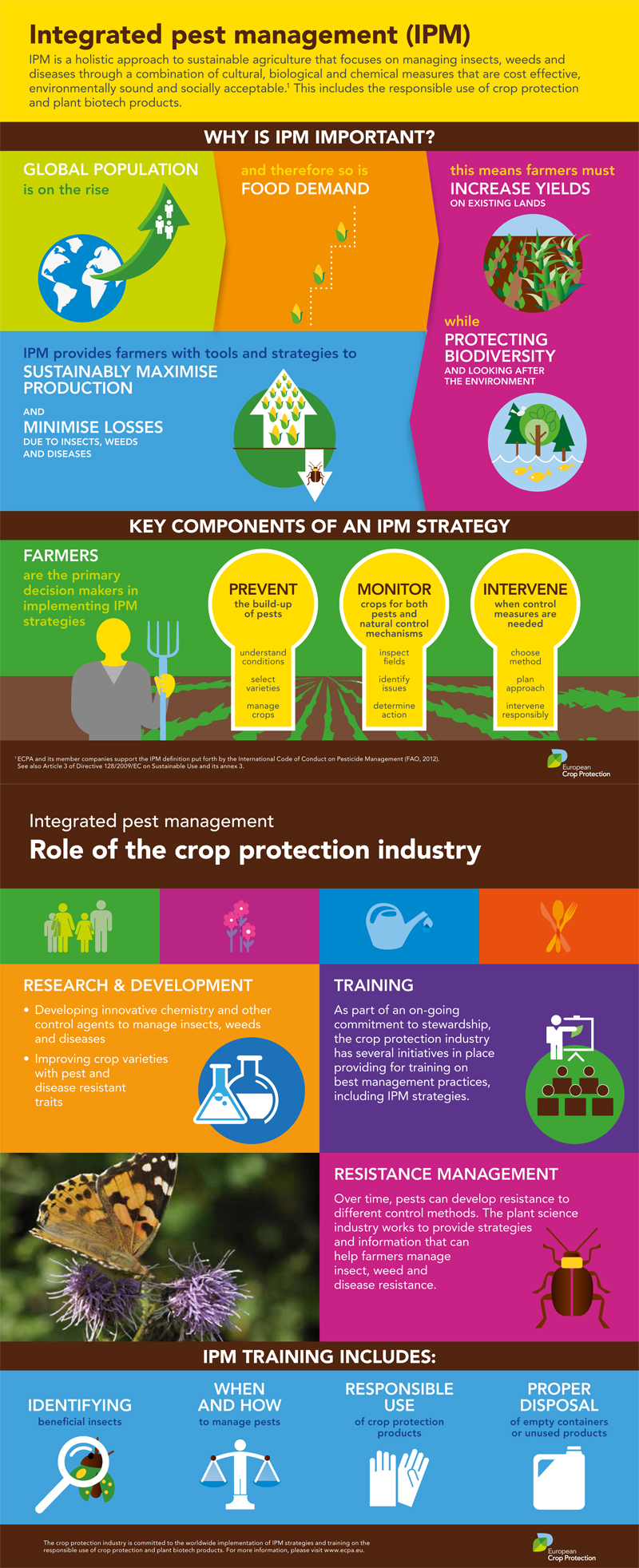Utilize The Power Of Understanding Rodent Nesting Routines To Outmaneuver These Creatures And Master Your Rodent Control Strategies
Utilize The Power Of Understanding Rodent Nesting Routines To Outmaneuver These Creatures And Master Your Rodent Control Strategies
Blog Article
Post Writer-David Doyle
When it pertains to rodent control, recognizing usual rodent habits is vital to properly managing problems. Did you know that rats have some interesting nesting practices that might amaze you? By exploring their elaborate actions, you can acquire important understandings into how to deal with rodent problems in an extra critical and reliable way. So, let's untangle the enigmas behind these creatures' activities and learn how to outmaneuver them in your rodent control initiatives.
Rodent Nesting Behaviors
When observing rodents in their natural habitat, you'll notice that they actively seek out materials to construct their nests. Rodents, such as computer mice and rats, are clever creatures that make use of a range of products like twigs, leaves, paper, and material to develop their homes. They're precise in their nest-building procedure, often lining their nests with softer materials like hair or feathers to produce a comfy setting.
Rodents prefer to construct their nests in covert and protected places to shield themselves and their young from predators. Usual nesting areas include wall tooth cavities, attic rooms, cellars, and even within insulation products. By constructing best way to get rid of fleas in yard in these secluded locations, rats can securely raise their offspring far from possible dangers.
It is necessary to understand the nesting behaviors of rats when applying control steps. By interrupting their nests or getting rid of materials, you can discourage rats from developing a presence in your house or home. Correct cleanliness and sealing entry points are also essential steps in protecting against rodent invasions.
Rodent Feeding Patterns
After observing rodents' nesting behaviors, it becomes evident that their feeding patterns play a critical duty in their daily lives and actions. best home termite treatment , consisting of mice and rats, are opportunistic feeders, implying they'll take in whatever food source is easily available. They're primarily nocturnal creatures, favoring to forage for food throughout the cover of evening to avoid killers.
Rats have a diverse diet, ranging from grains, seeds, fruits, and vegetables to pests, nuts, and even little pets. This flexibility in their food options allows them to prosper in various settings, including metropolitan areas where human food resources are bountiful.
Their feeding patterns aren't only driven by appetite however likewise by the requirement to stockpile food for times of scarcity. This actions is especially recognizable to prepare for winter season or when nesting. Rodents are known to hoard food in their nests or burrows, making sure a consistent food supply. Comprehending their feeding patterns is crucial in applying effective rodent control actions to interrupt their food resources and protect against invasions.
Rodent Movement and Traveling
Rats navigate their environments with dexterity and stealth, utilizing their keen detects to relocate quickly through their settings. These creatures are experienced climbers, able to range walls and vertical surfaces easily. They can likewise press with surprisingly small openings, making it critical to seal off any kind of prospective entry points in your house.
When it involves traveling, rodents tend to follow acquainted paths, developing tracks along wall surfaces or skirting the edges of spaces. They're creatures of habit, frequently sticking to these developed courses as they forage for food or discover their surroundings.
Rodents are understood for their nighttime habits, so you may hear them scurrying about in the evening as they look for food and water. Their motions fast and irregular, permitting them to dart in and out of view in the blink of an eye.
Understanding how rats move and travel can aid you recognize possible invasion areas in your home and take aggressive actions to stop these insects from acquiring a foothold.
Verdict
As you work to control rodents in your home, keep in mind that understanding their actions is vital. By recognizing their nesting habits, feeding patterns, and motion, you can effectively stop invasions.
Coincidentally, by taking aggressive procedures to get rid of food sources and seal off access points, you can interrupt their familiar courses and force them to seek brand-new areas, ultimately minimizing the likelihood of rodent visibility in your space.
